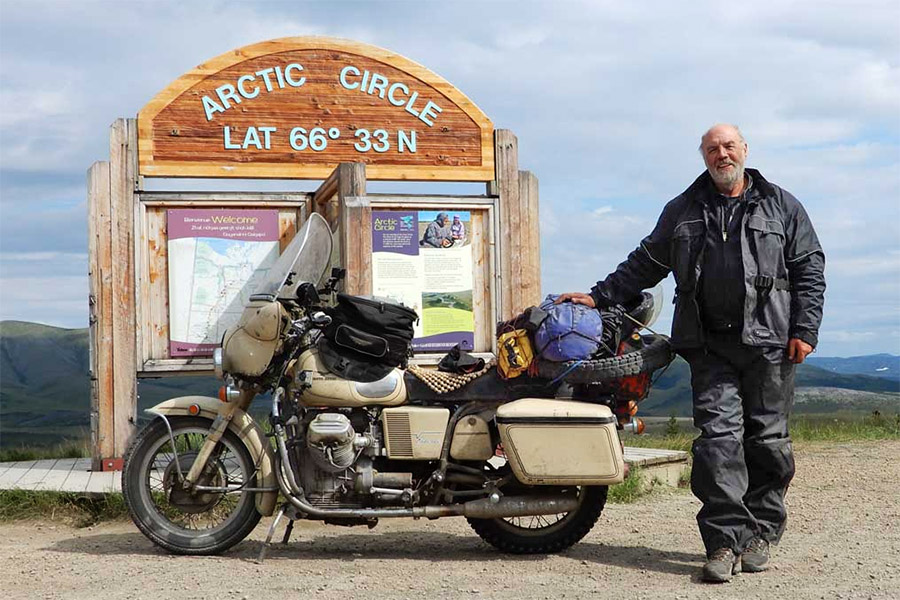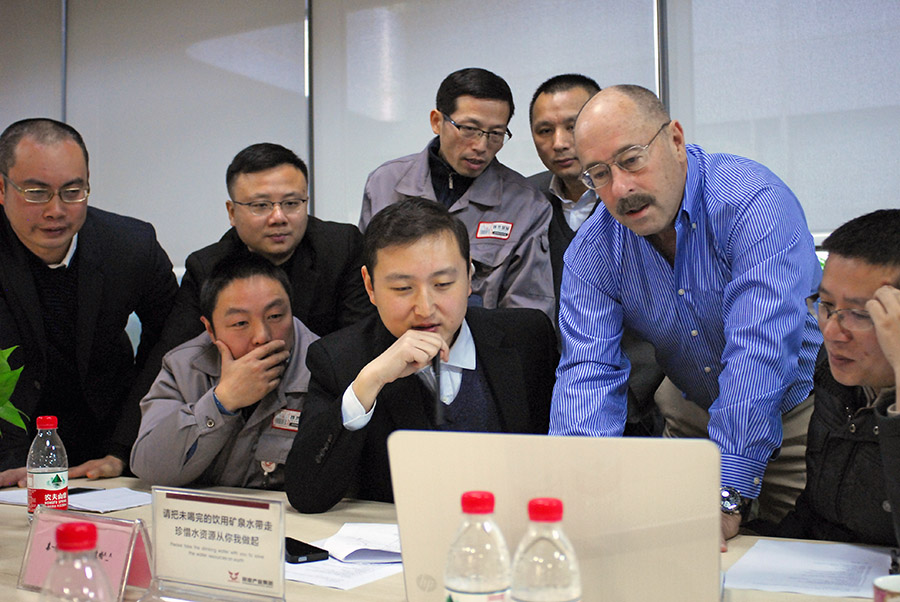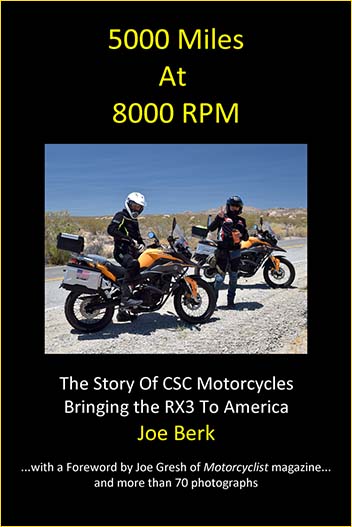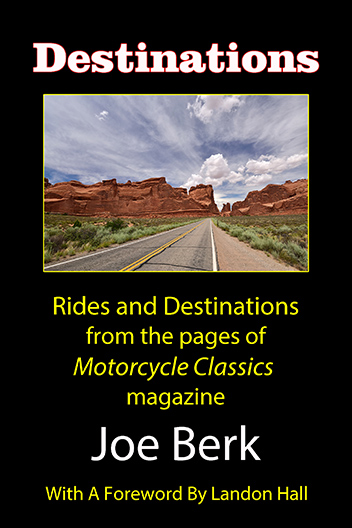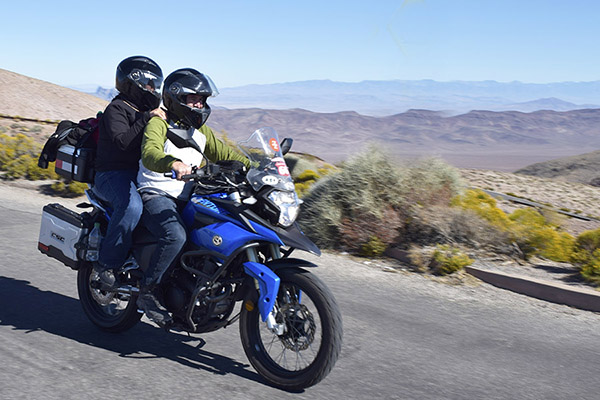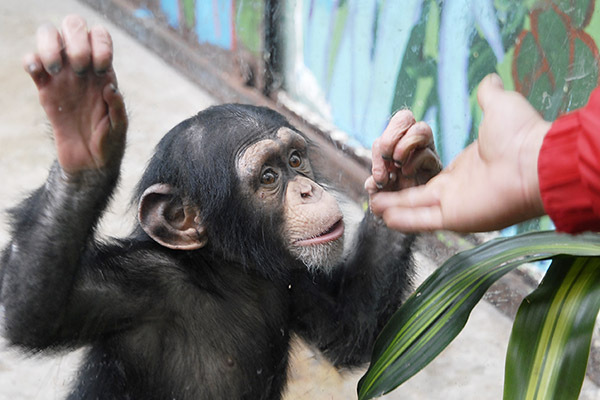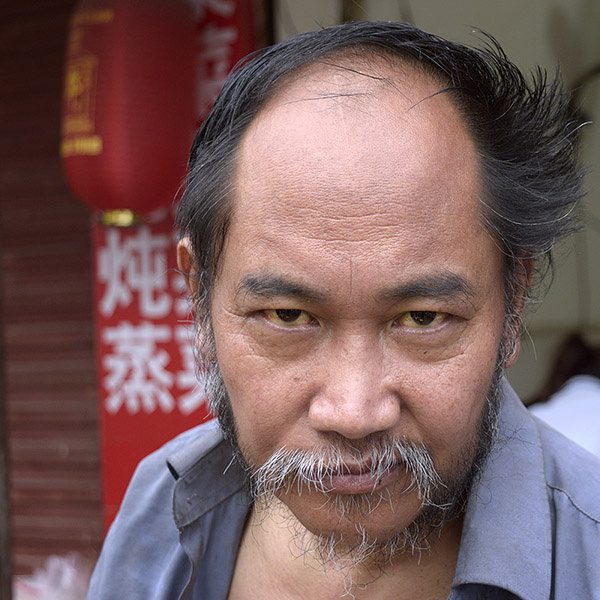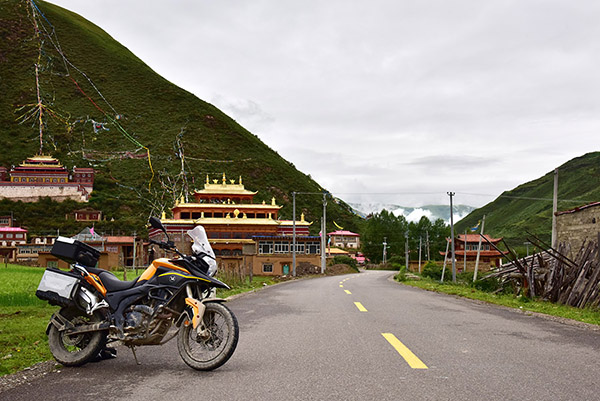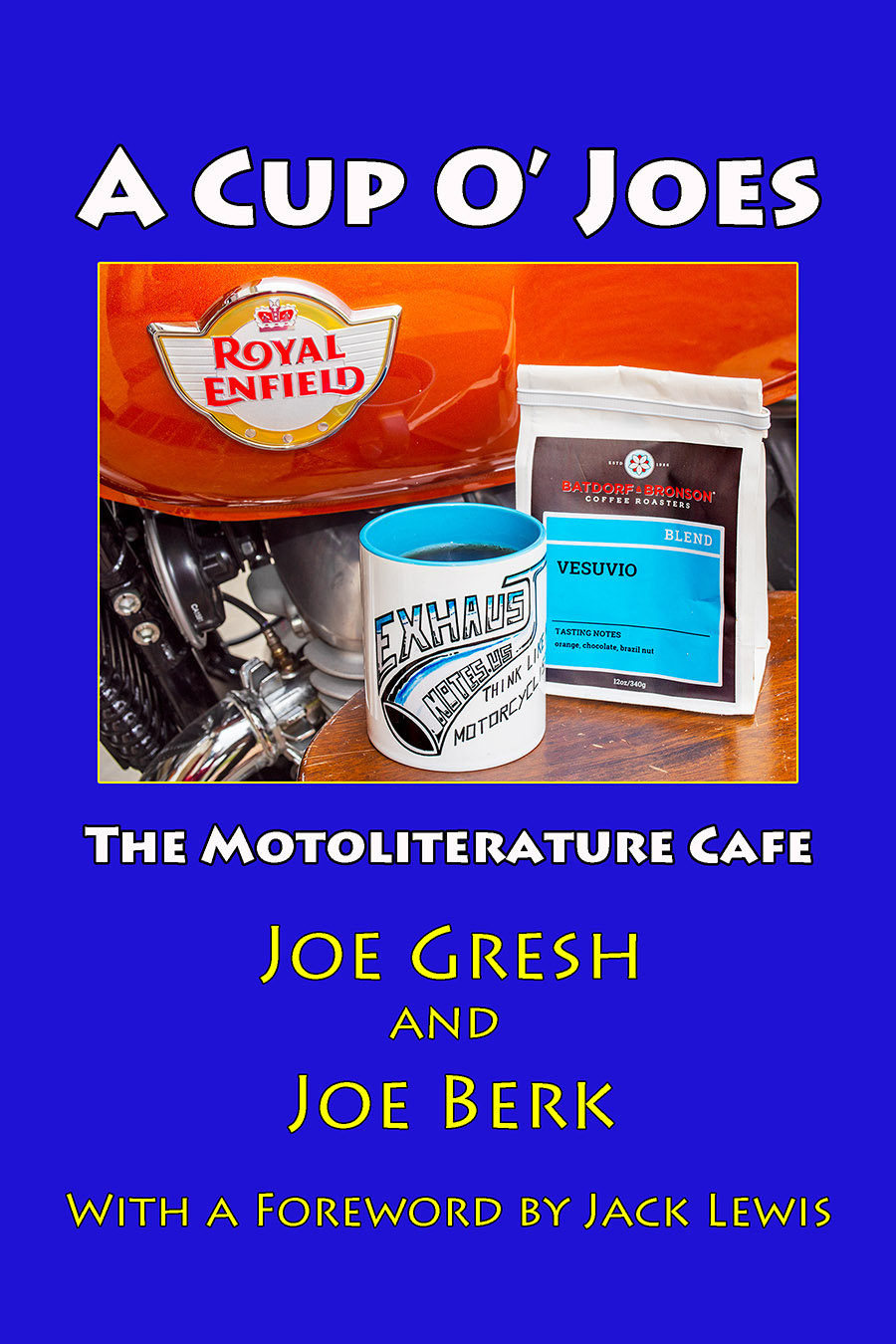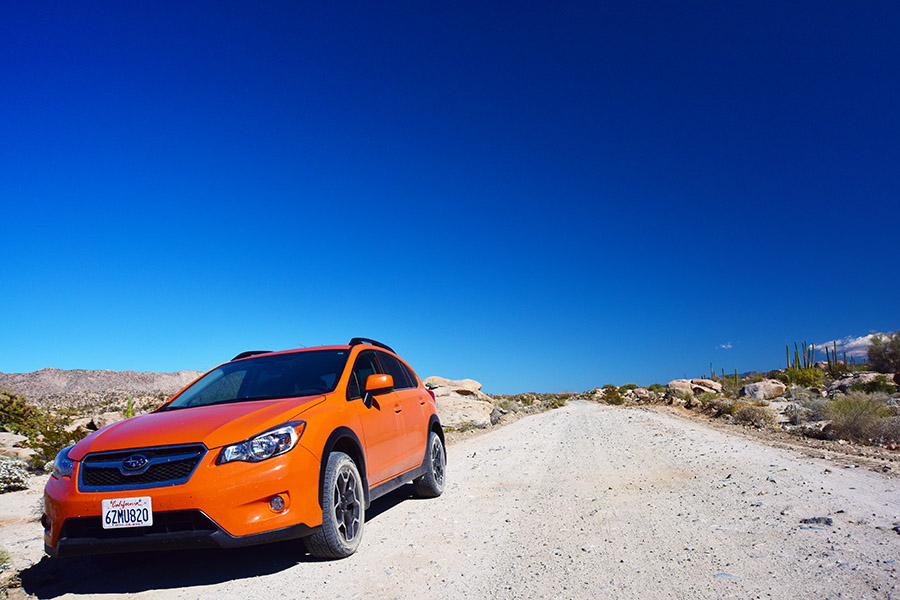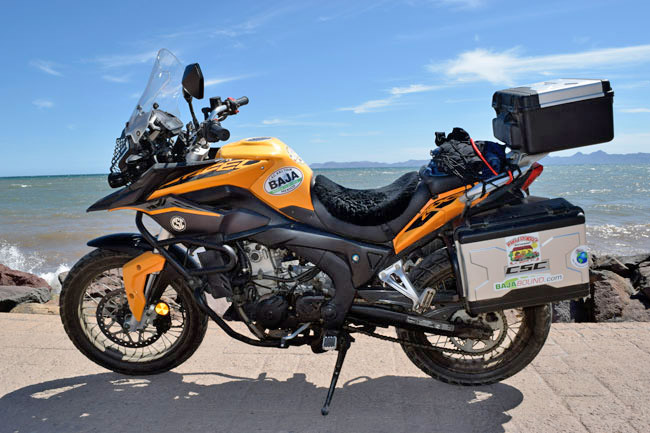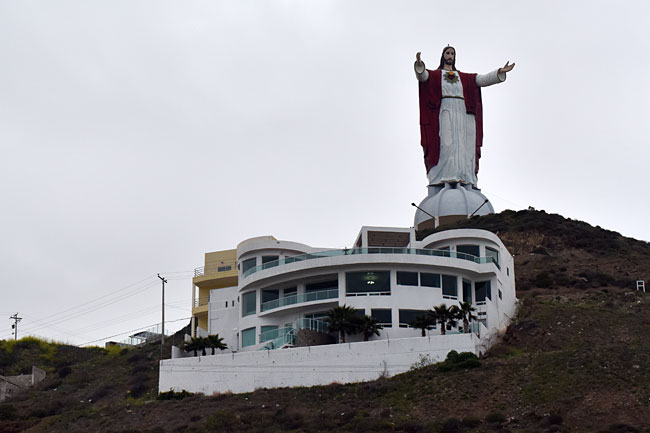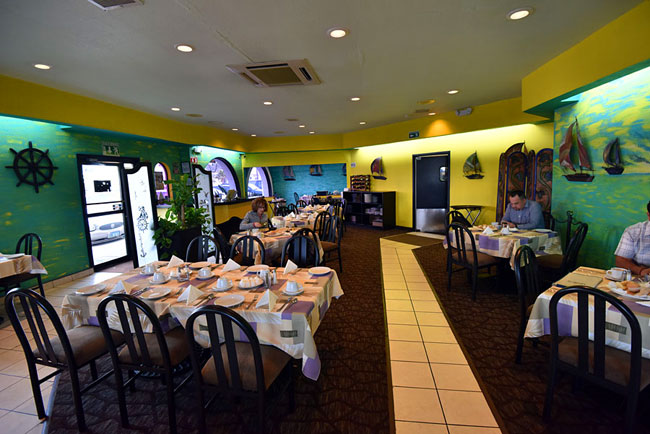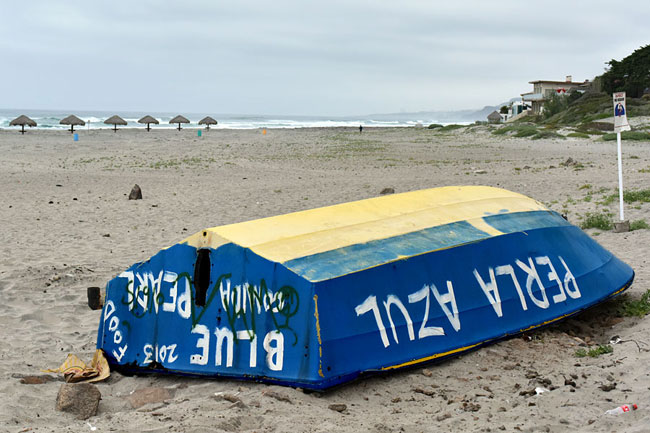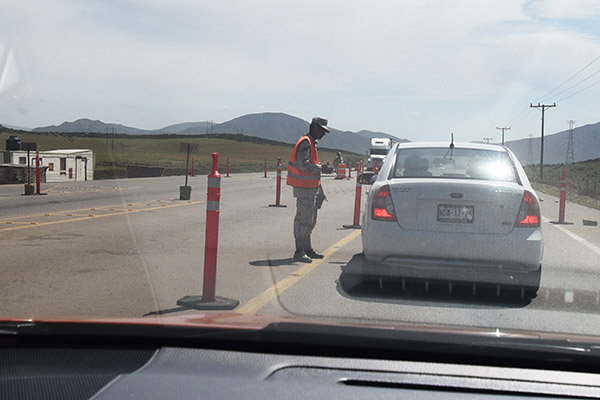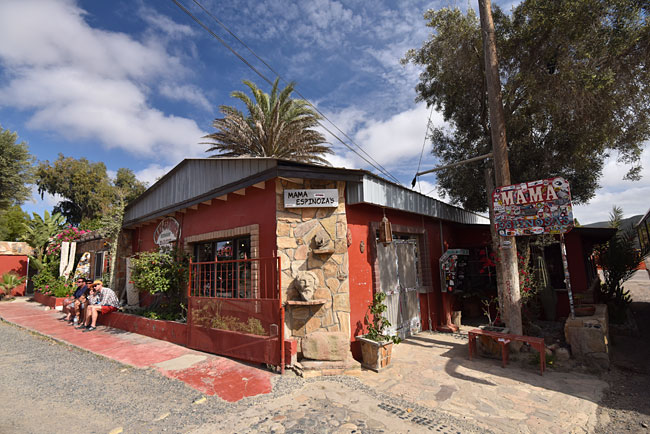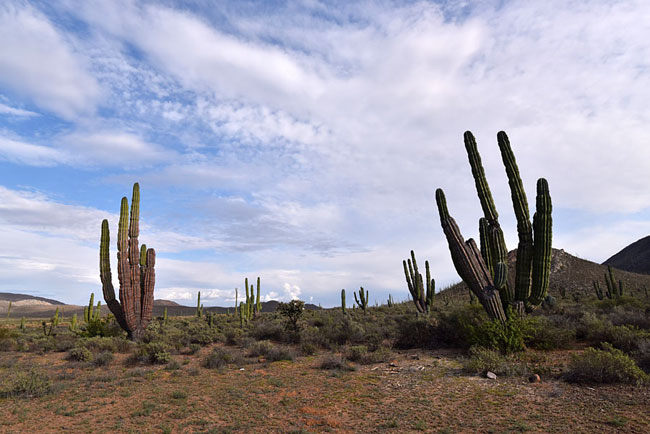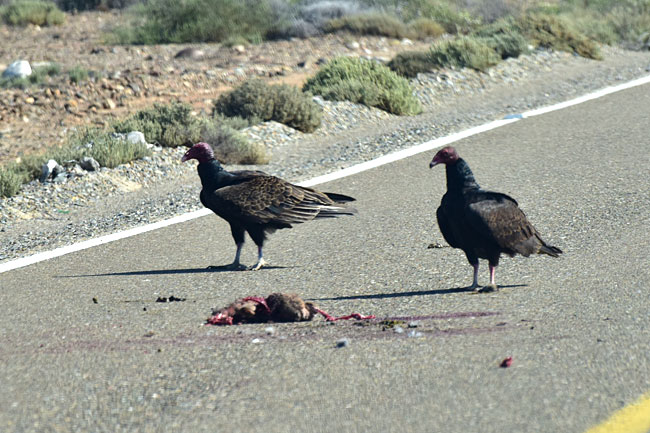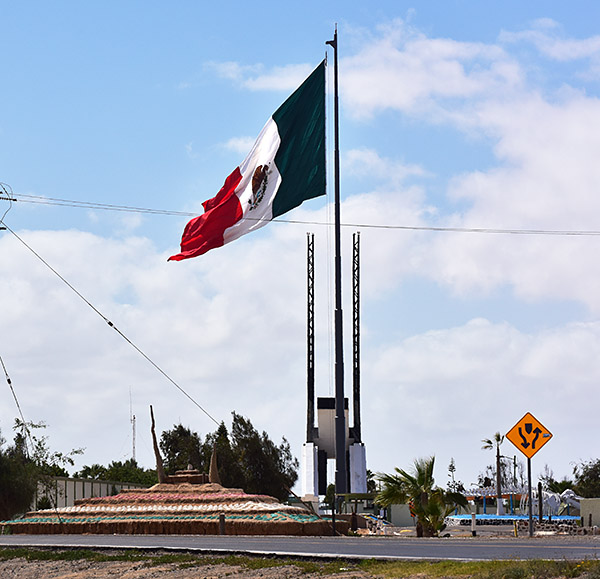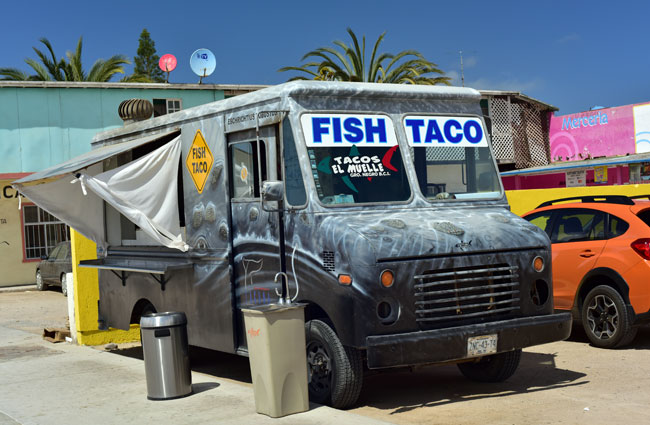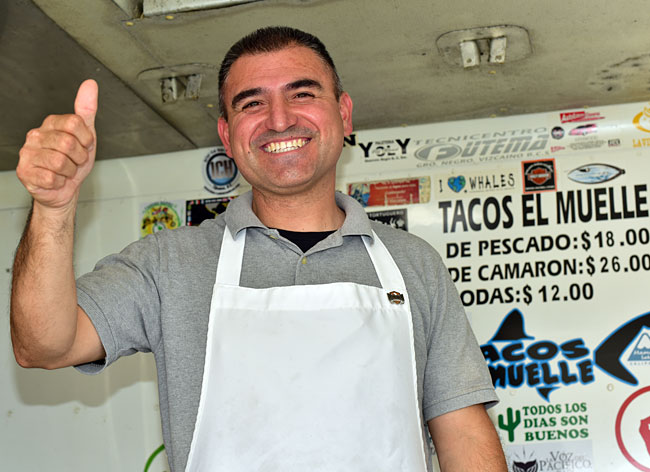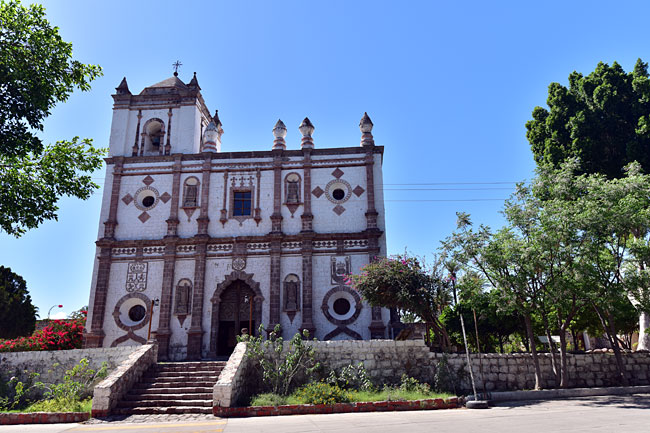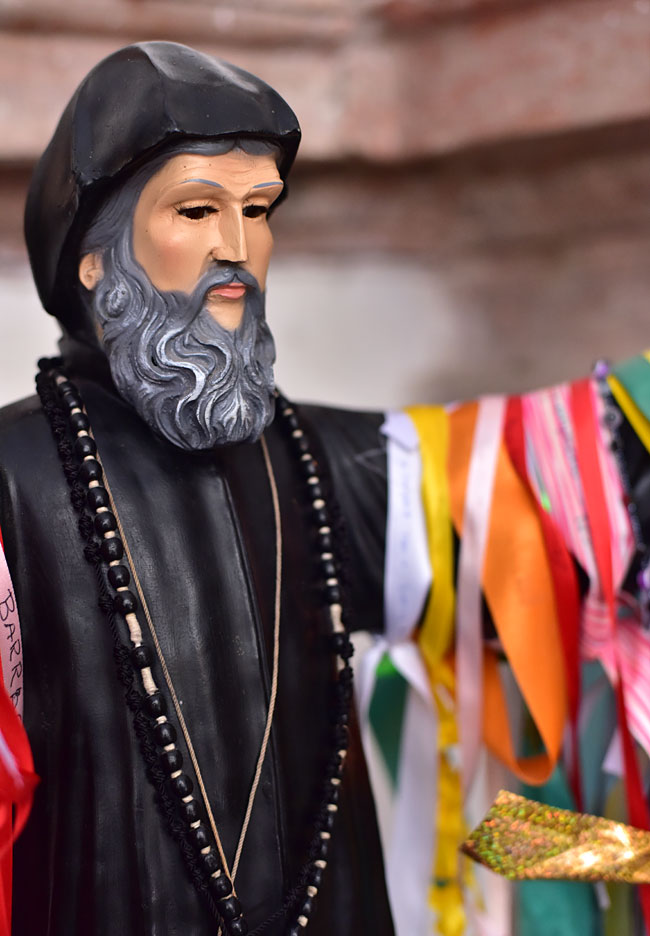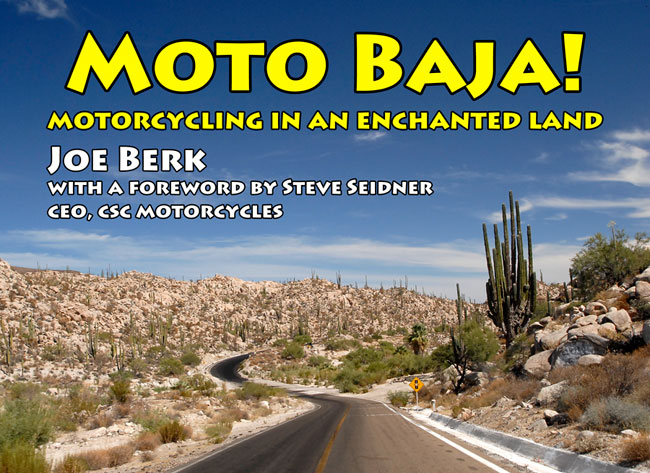By Mike Huber
Balancing life is rarely easy. It seems there is something almost always out of sync, be it work, health, or a loved one in need of help. Peru is one of those rare times in my life where I and everything surrounding me seemed to be in perfect harmony. I was coming up on six weeks living in Cusco and the adventures seemed endless from my home base there. I was making a ton of new friends, but with Cusco being so much more of a tourist town these new connections were always short lived. Surely now it’s different with so many Westerners living abroad and working remotely, but being a pioneer of this lifestyle in 2012, missing a community began to set in. Not so much on the weekends as I was too busy, but during the weekdays a void began to drain me.
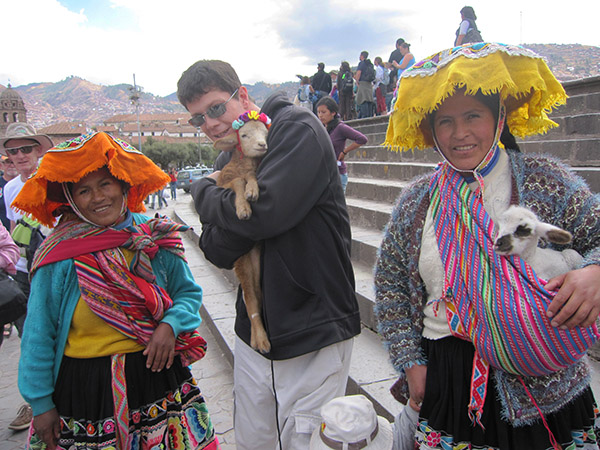
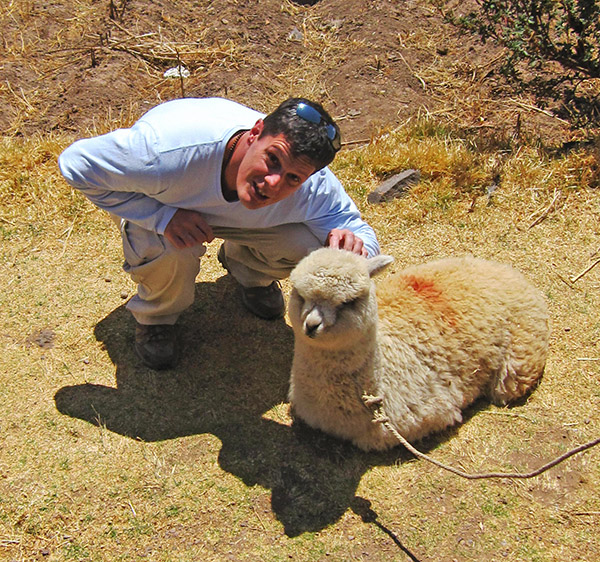
The decision to make the long journey back to the United States was not an easy one. It took so long to get to where I was and had built connections for my next planned move to La Paz, Bolivia. I was running very low on vacation time and everything I wanted to see in Bolivia was a multiple day bus ride. Buffering in unknowns (such as a bus breaking down in the middle of nowhere) was necessary. I would be city bound in La Paz, and I don’t think they had as many baby llamas to pet, so Bolivia just didn’t feel right on any level.
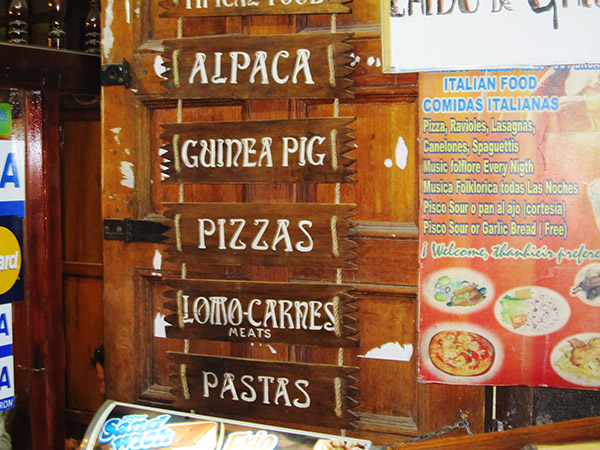
The last week in Peru was a much deeper experience (I didn’t even know it could get deeper than where I had been). Every moment I was out felt much more special knowing that time was short in this magical place. There was a lot to do in my Cusco backyard that hadn’t been explored. My focus had been on visiting remote areas such as Lake Titicaca (I had to say it again), rather than exploring the wonders closer to my home.
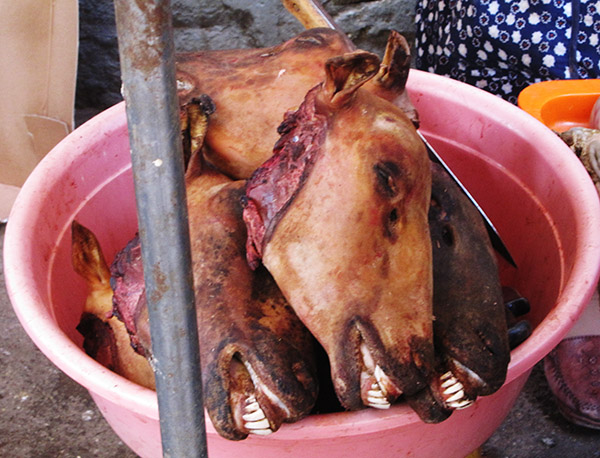
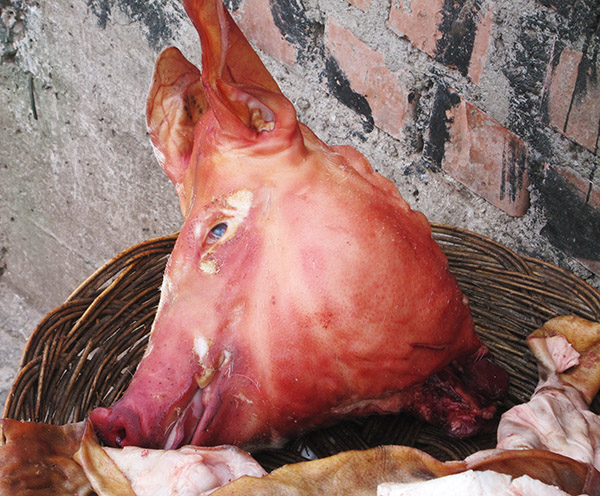
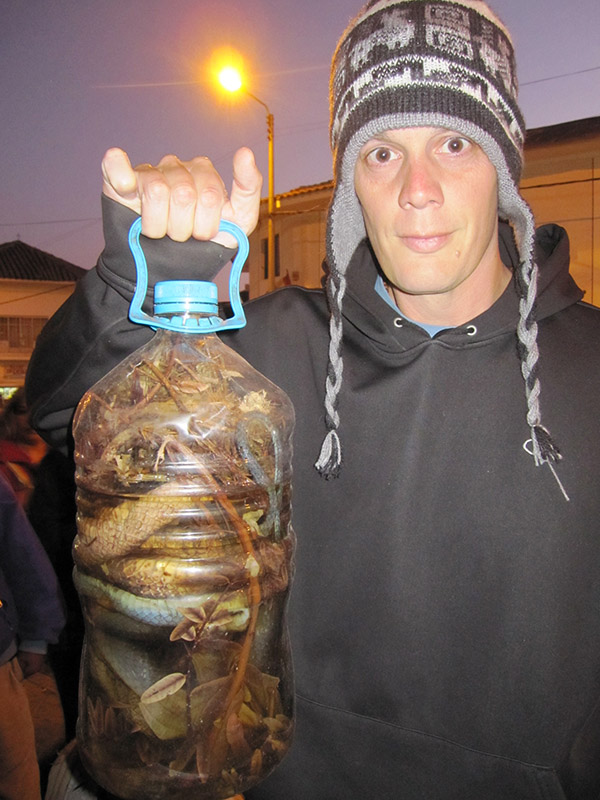
My final week in Peru was filled with exploring local points of interest such as the San Pedro market where there were all kinds of foods, drinks, and potions that most Westerners will never see or smell (be thankful you are missing the smell part). The market consisted of endless types of foods. Many of these foods seemed to be pulled straight out of an Indiana Jones movie. It wasn’t strange to see Guinea pig’s necks being snapped, and then the animal being tossed into a boiling pot, gutted, and grilled. Other items included horse heads, pig heads, and snakes in water jars. This market was a plethora of sensory overload. Normally I would just visit it to pick up a bag of coca leaves for about 30 cents and some of my “special” tea mix.
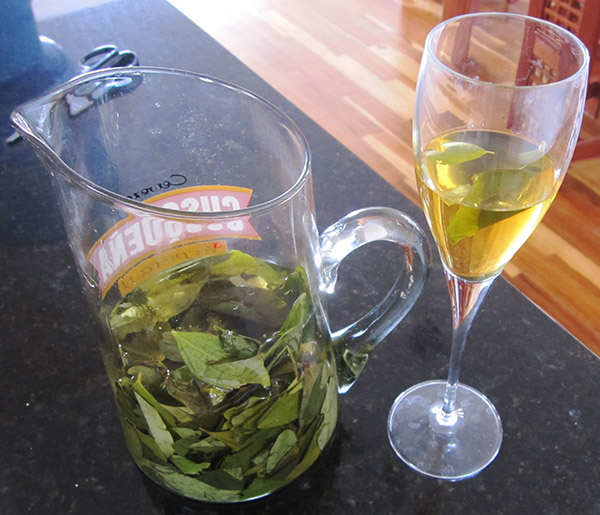
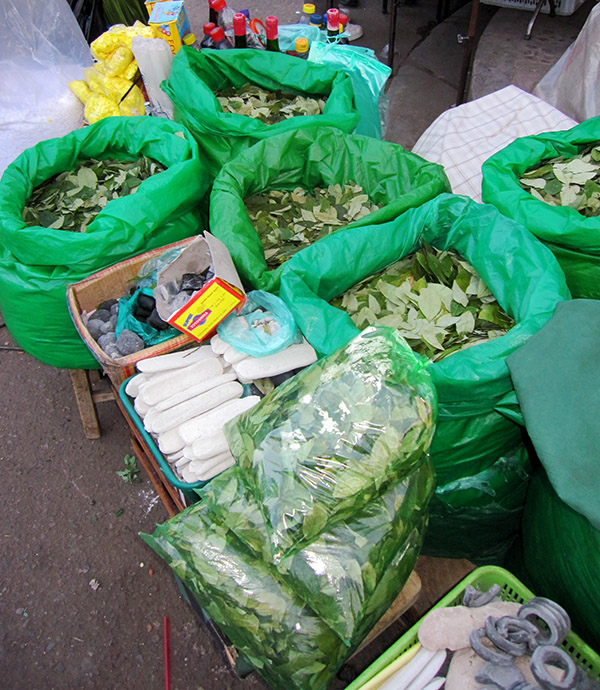
Somehow, I still managed to find time to do silly things with downtime during the weekdays. The last Sunday I was there it poured, and being bored, I was searching the apartment for something to eat while watching TV. I found in the back of the refrigerator a beer pitcher that I had filled with coca leaves a week or so prior and added a bottle of white wine. Well, it seems the wine had absorbed the coca leaves and turned the wine into a dark yellow. Being that this chapter was coming to an end I thought it would be the perfect day to partake in this concoction. Who knows, maybe it would have similar effects to the coca beer. I drank the entire pitcher. The coca-infused wine just had this bitter earthy taste that I really enjoyed. Like the coca beer it provided a jolt of energy with a nice light buzz that assisted me in packing and wrapping up my life in the Andean city of Cusco.
With the coca wine buzzing inside my head, a bigger question emerged: Where was I to live upon returning to the United States? My Boston condo was rented for another five months, so that option was out. I was not sure if it was the wine or the fact that this change may not be as simple as I had anticipated. Throughout my travels around Central and South America, it always seemed that if things went south, I could just return to the United States. Being so preoccupied in the moment during my travels, however, I never designed a fallback plan aside from boarding a return flight.
As the week came to an end, I was now boarding that flight. I was not, however, in too big a rush. It felt right to instead return to Nicaragua for a couple weeks and ease my way north and see my dogs. While I was there, Hurricane Sandy hit and knocked out power throughout the Northeast. That morning as I watched the news, I had a decision to make: Do I power up the laptop and be the only person in the Northeast who showed up for work, or do I continue with the “I am in Boston” charade?
I chose Option A, deciding that I was on my way back and had been outperforming most my peers for six months in five countries. Owning my choices and riding it in felt like the correct decision. My coworkers immediately questioned how I had internet, and my answer was simply “I saw there was a hurricane, so being remote I chose to go south to avoid it.” Not a lie, but not totally forthcoming. If I had replied with “I am working in the jungles of Nicaragua” no one would have believed me (this came up months later and no one did).
After the two weeks it was time to fully return to Boston to regroup. It was a rainy November day when I touched down at Logan. I weighed 30 pounds less and mentally I was even lighter. I still had no plan regarding what to do once I left the aircraft in Logan. My car was at a friend’s house. My Ducati was at my parent’s home in Maine. Before I had even cleared through Customs and Immigration, though, I knew this was no longer the place that called to me. The reentry shock into the United States was too much. I was swelling up with tears knowing It was now time to make the hard decision to leave New England, but where would I go as winter was just beginning?
Never miss an ExNotes blog:


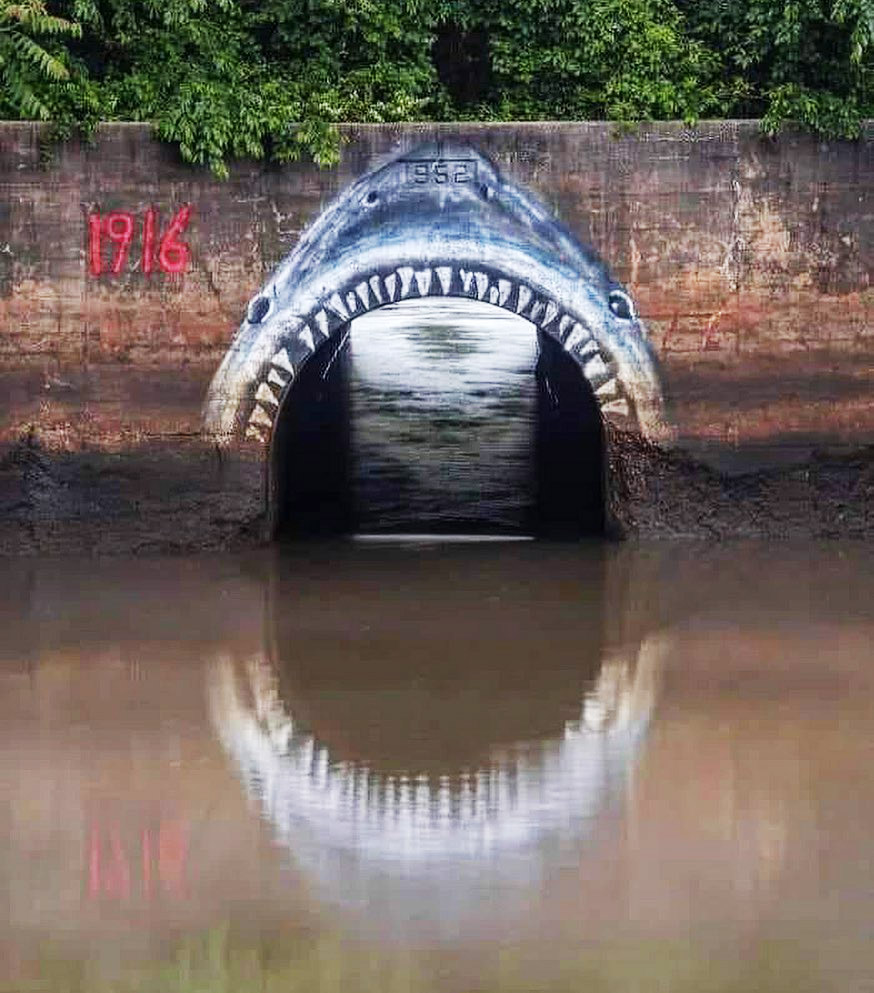
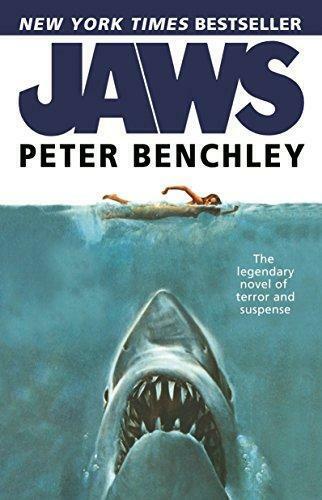
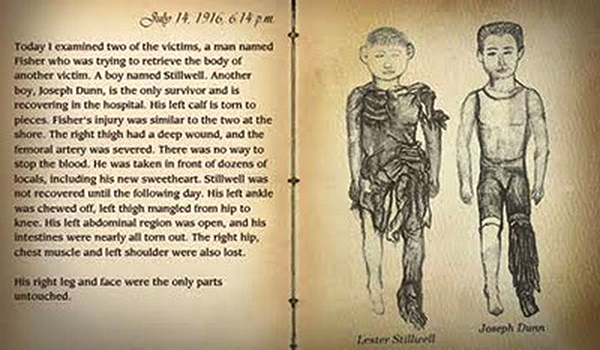

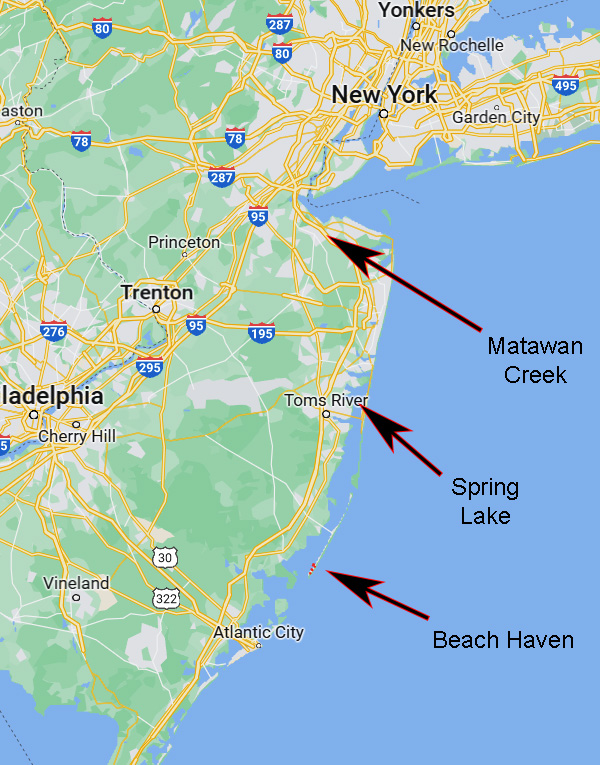
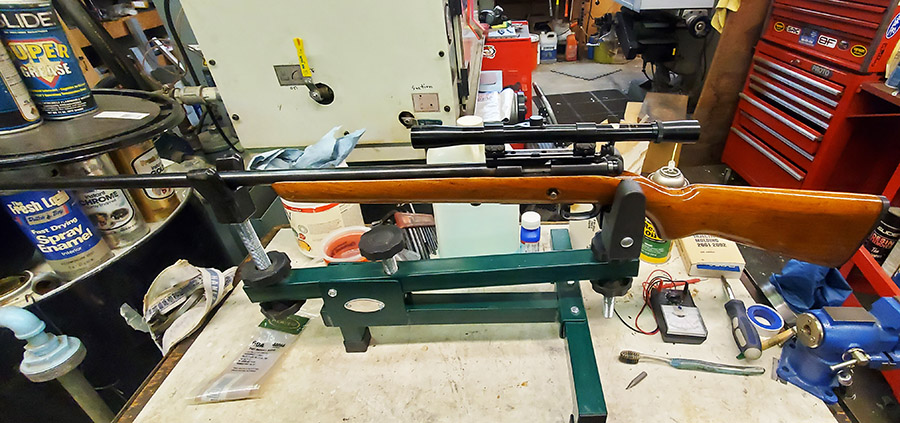
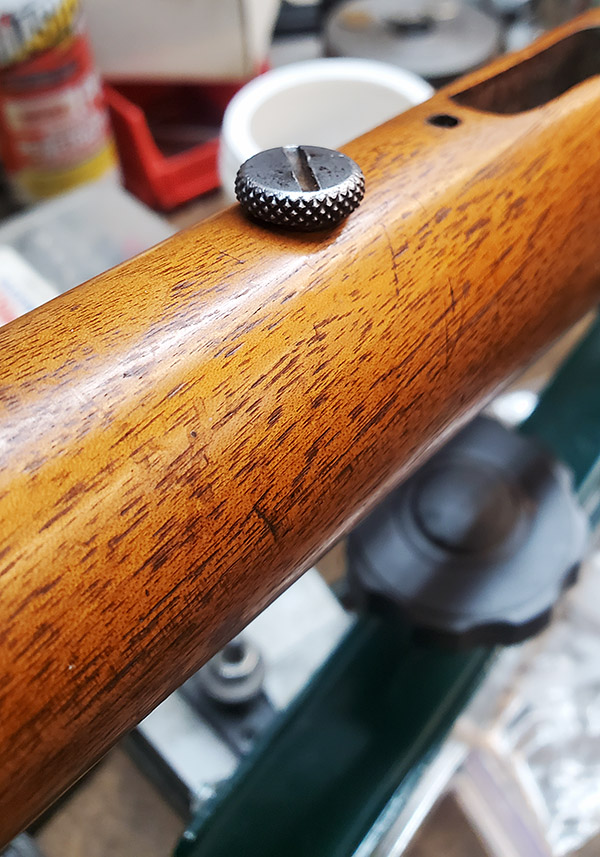
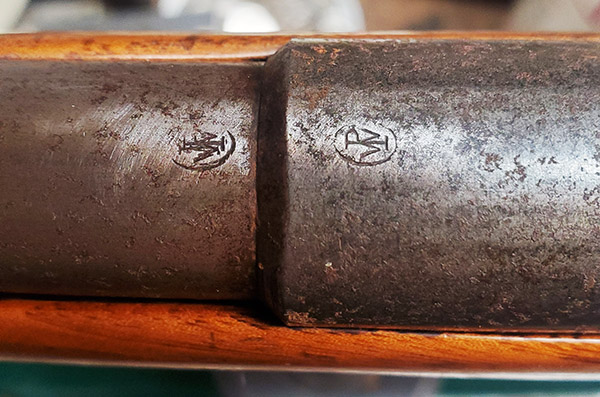
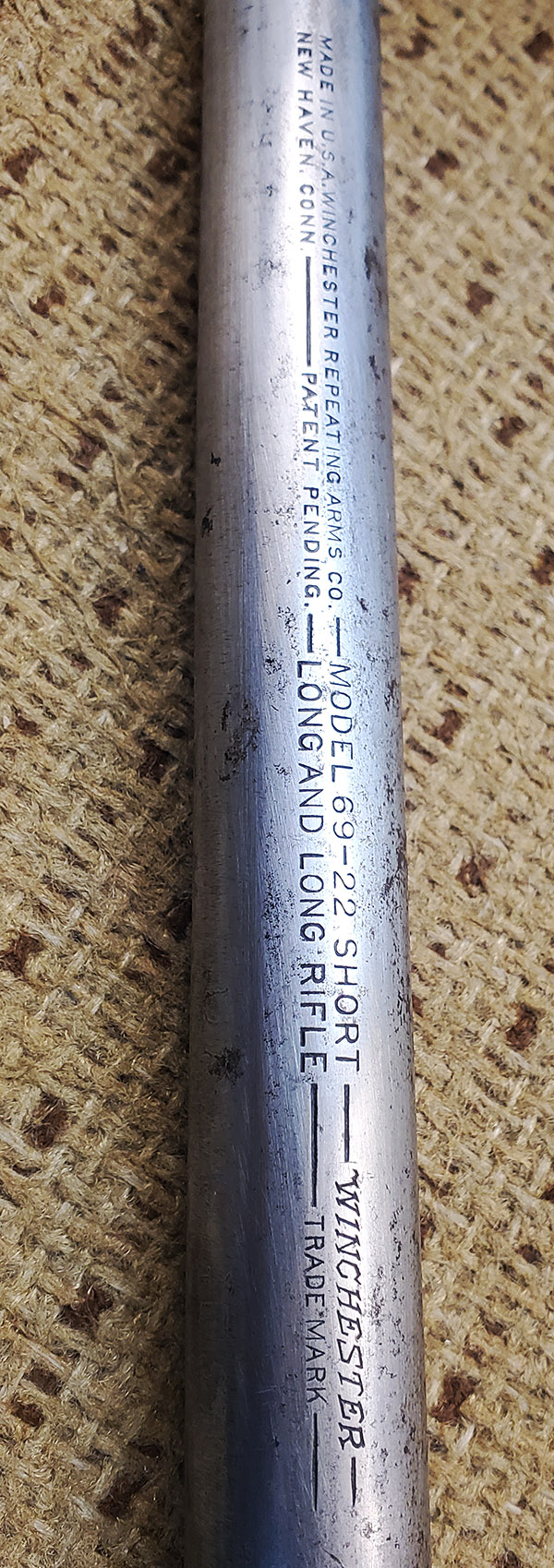
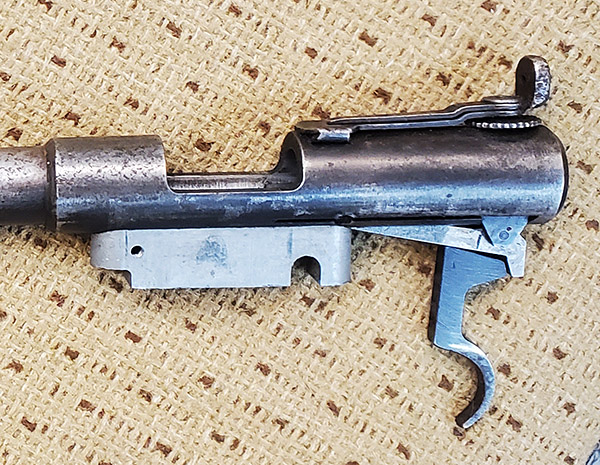
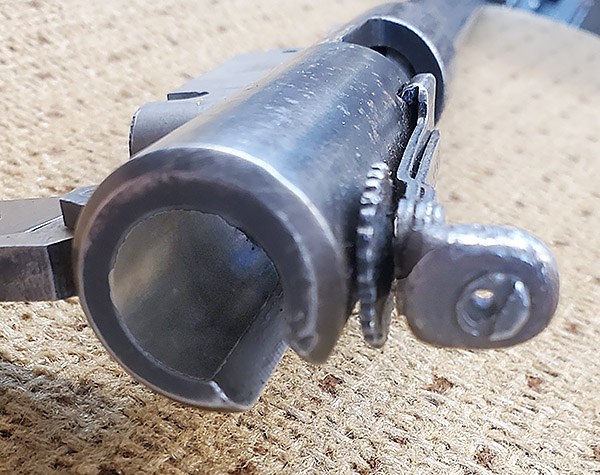
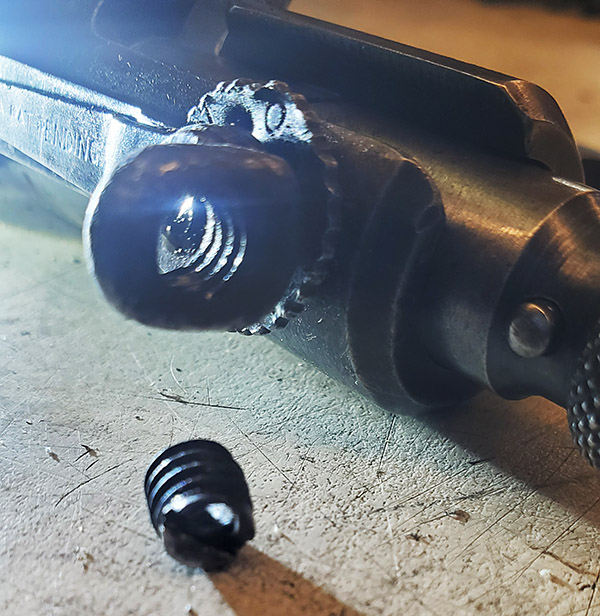
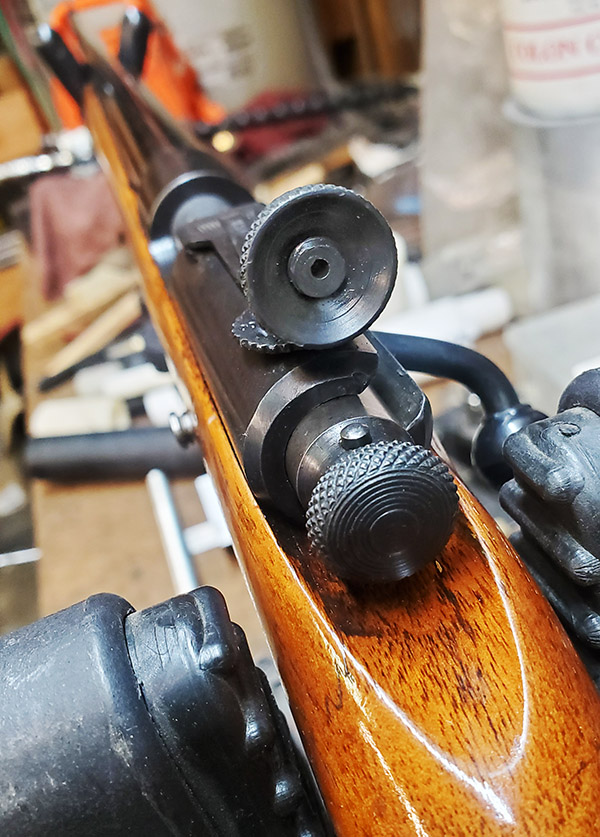


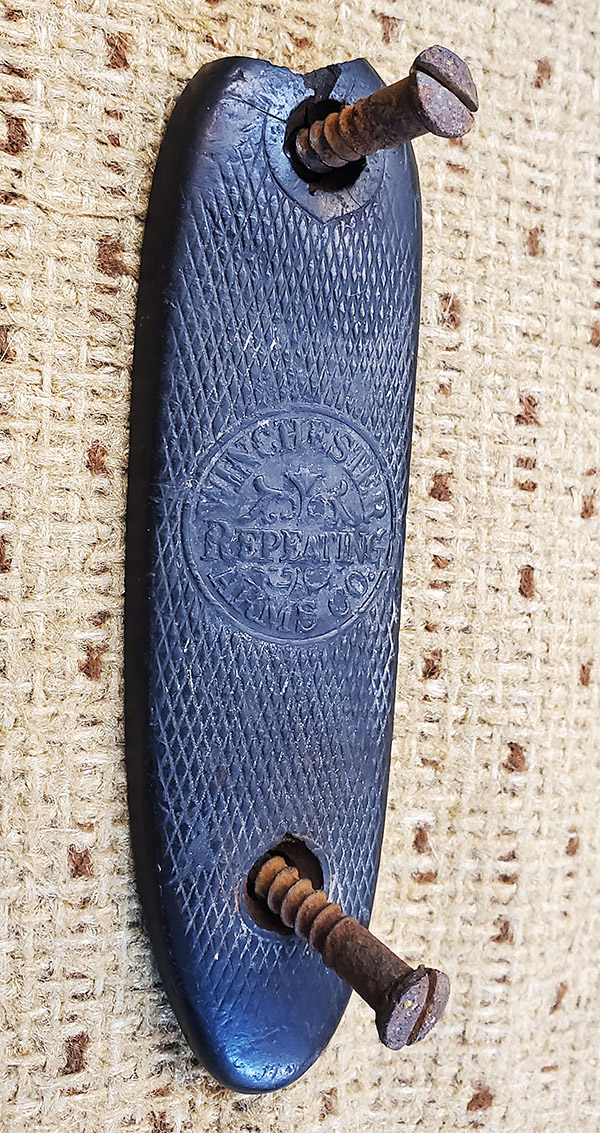



 I adjusted to a routine of work and Spanish lessons during the weekdays and on weekends I would explore local hikes and rainforests. I was almost at the base of Cotopaxi, which technically is the highest mountain in the world as it is on the equator and bulges out more than Mt. Everest (if you’re one of those rare people that believe the Earth is round).
I adjusted to a routine of work and Spanish lessons during the weekdays and on weekends I would explore local hikes and rainforests. I was almost at the base of Cotopaxi, which technically is the highest mountain in the world as it is on the equator and bulges out more than Mt. Everest (if you’re one of those rare people that believe the Earth is round).




